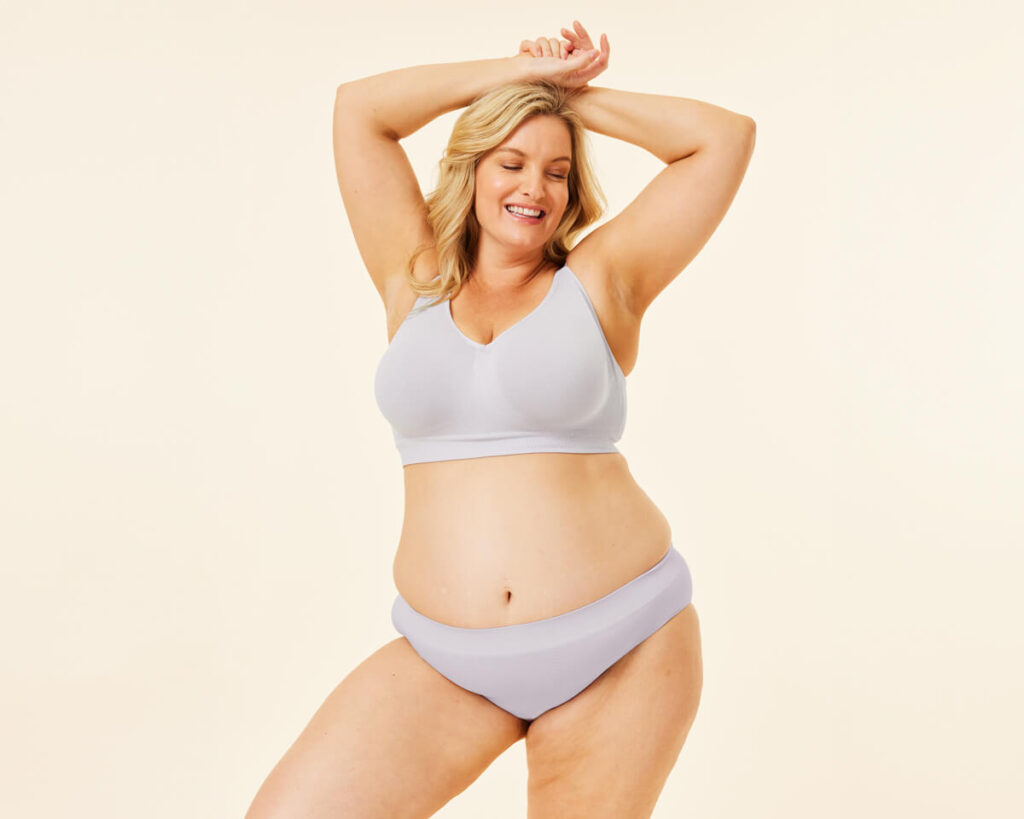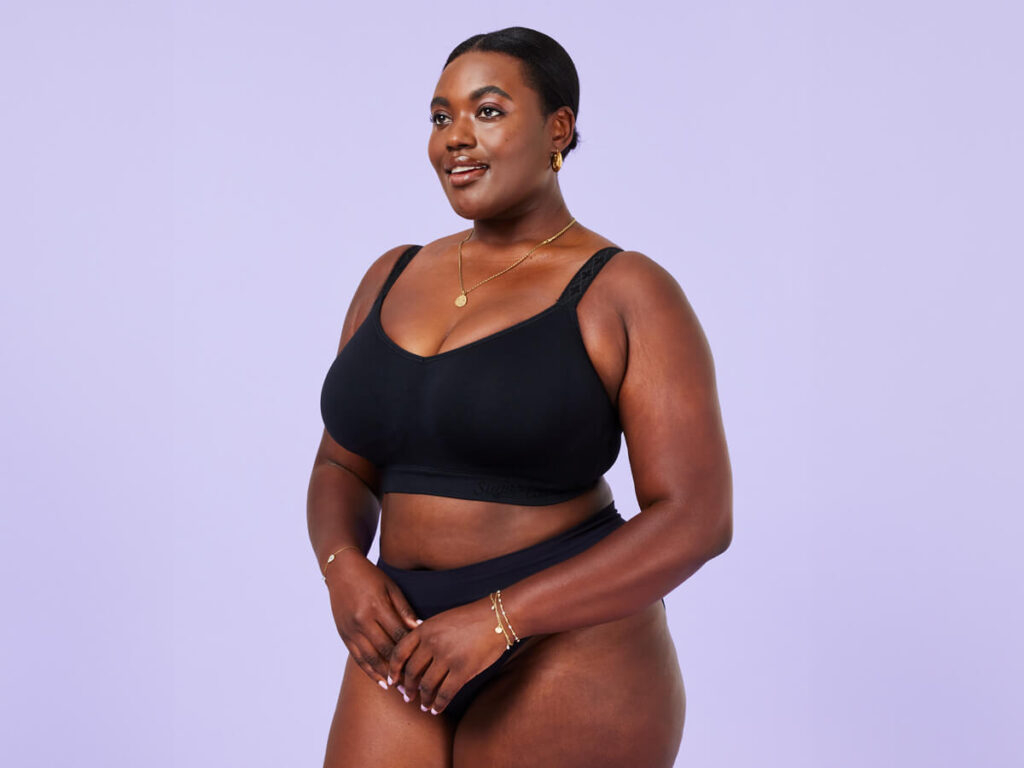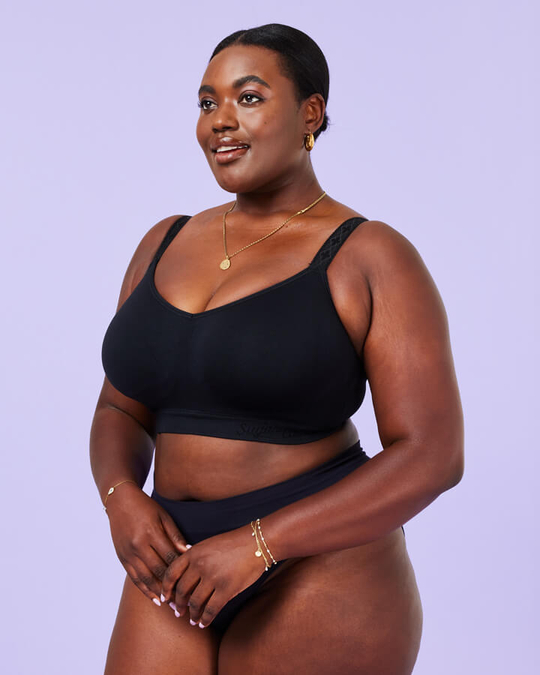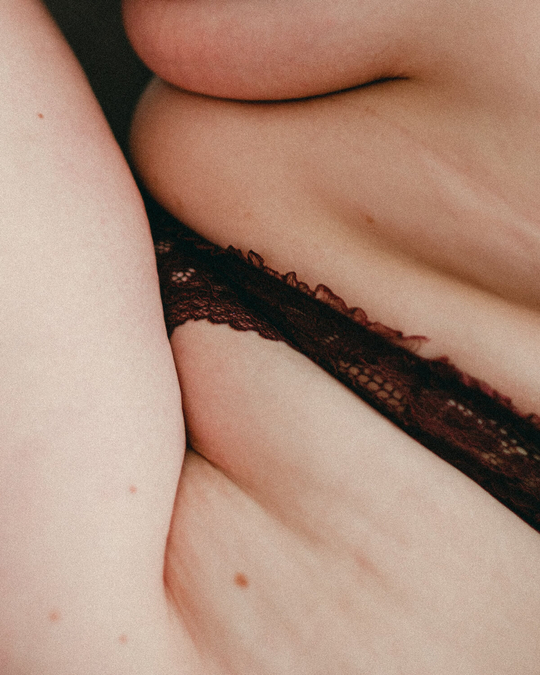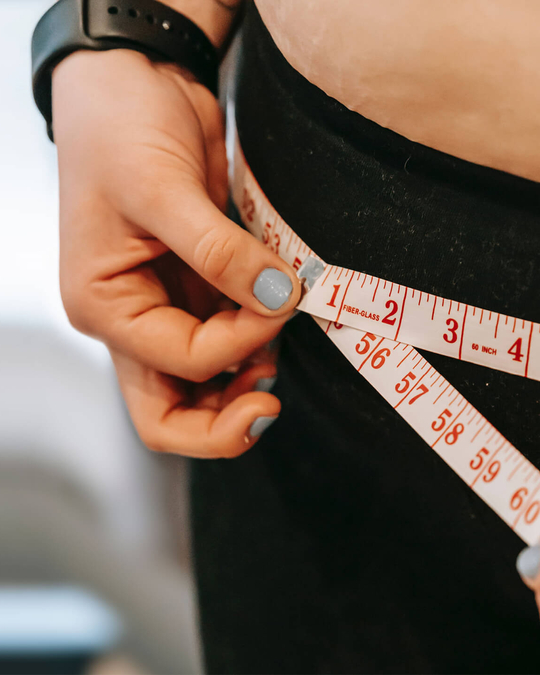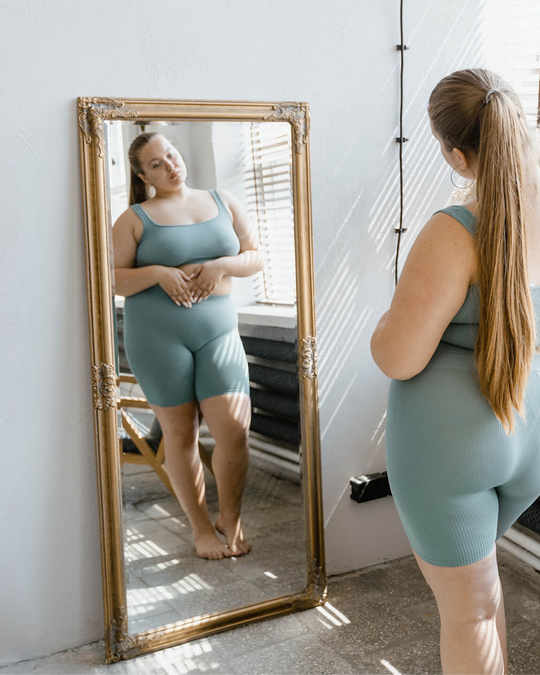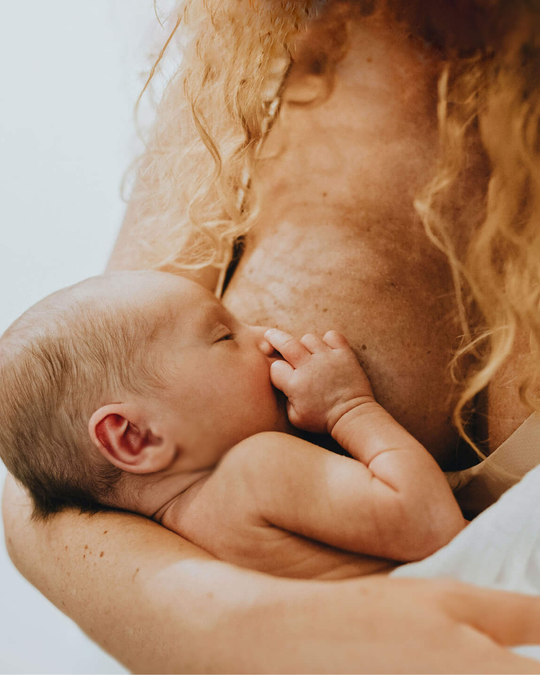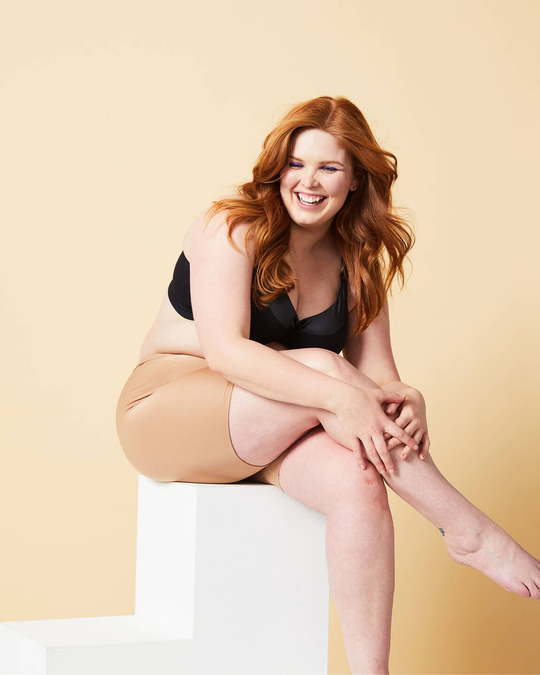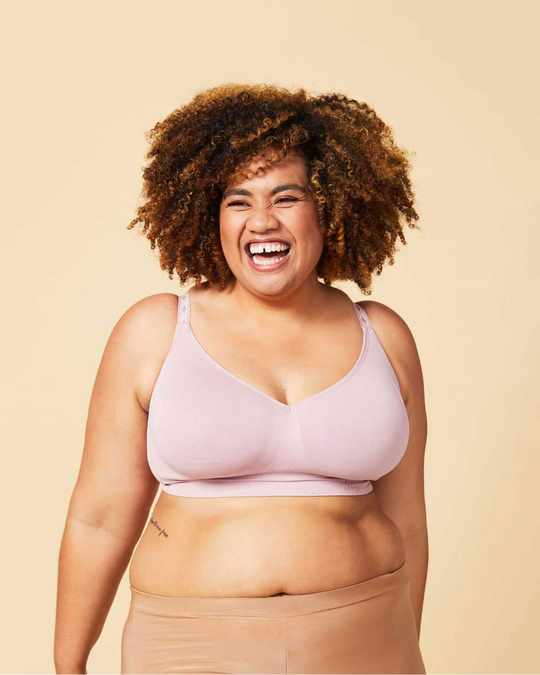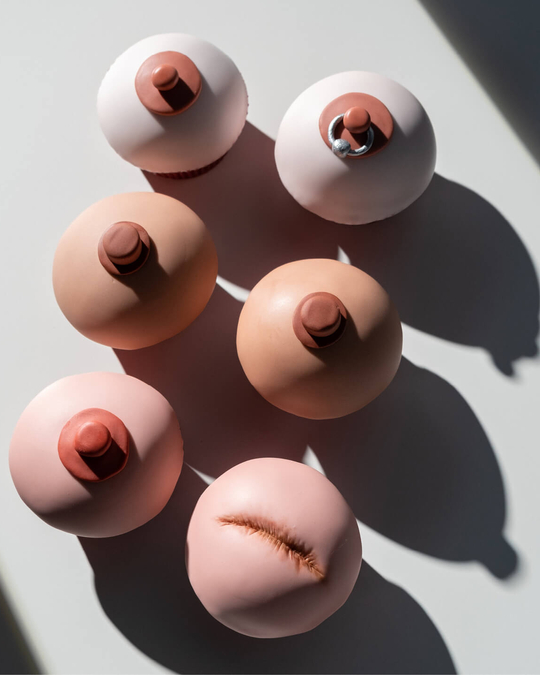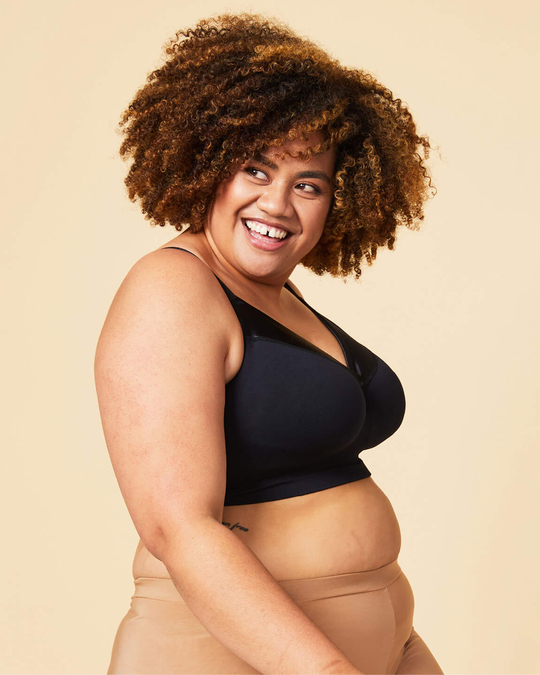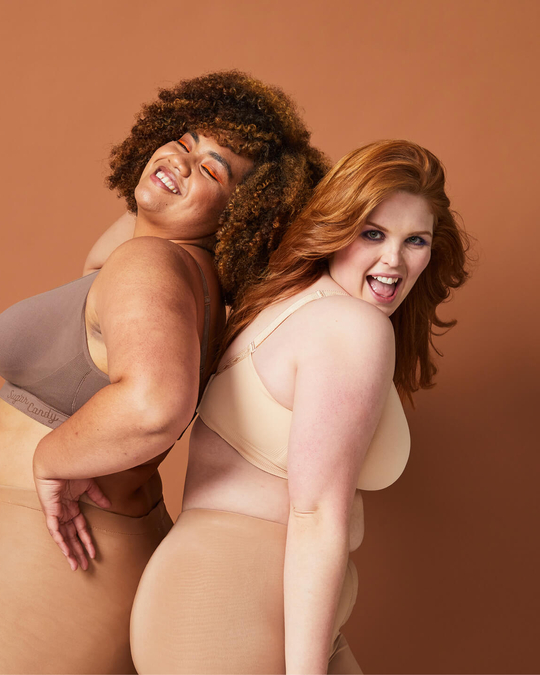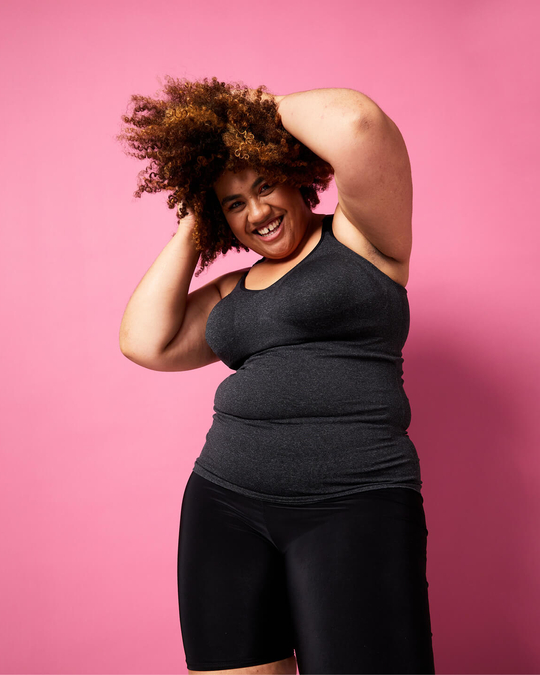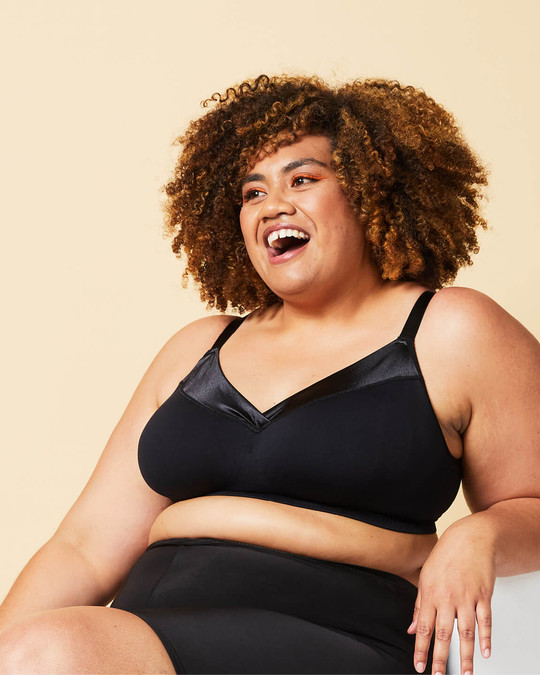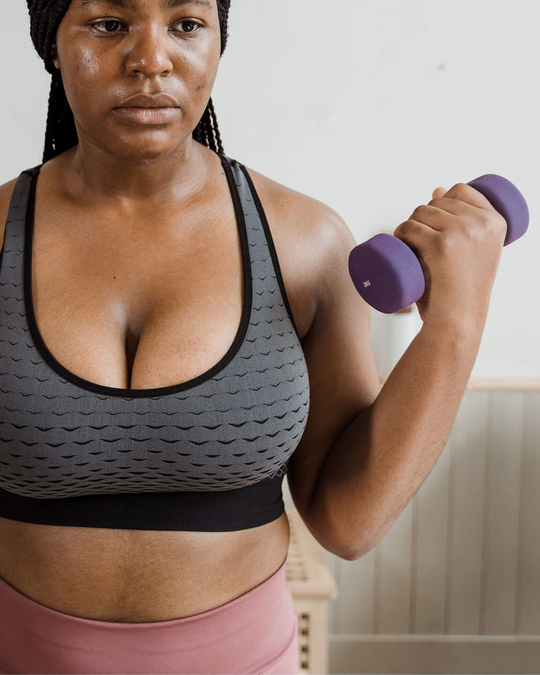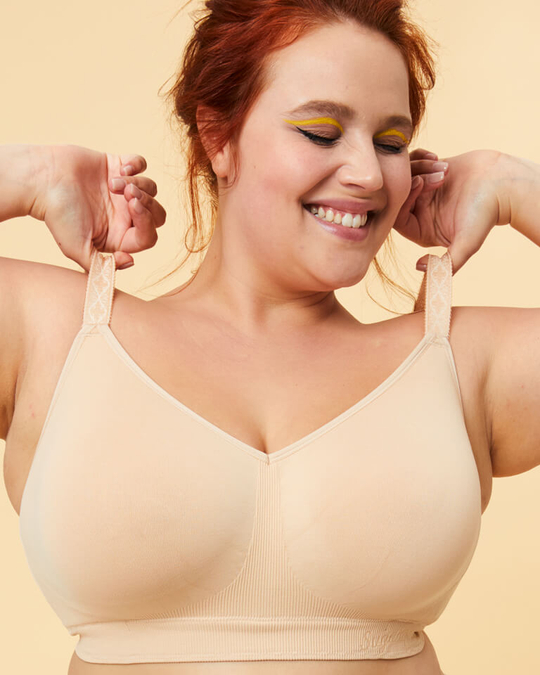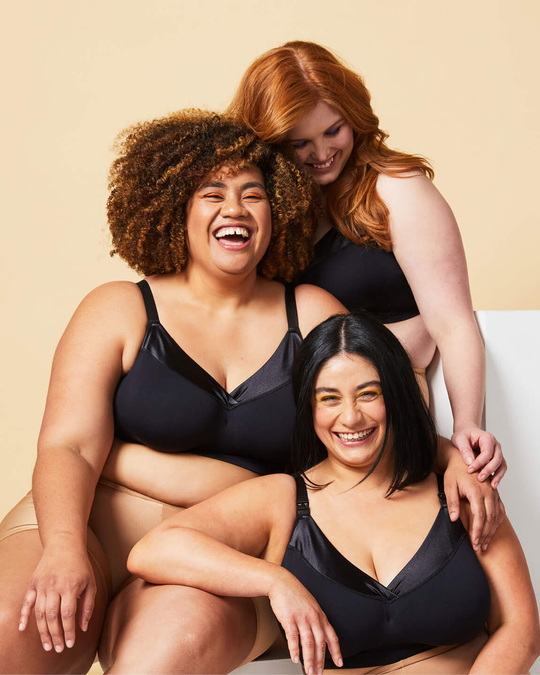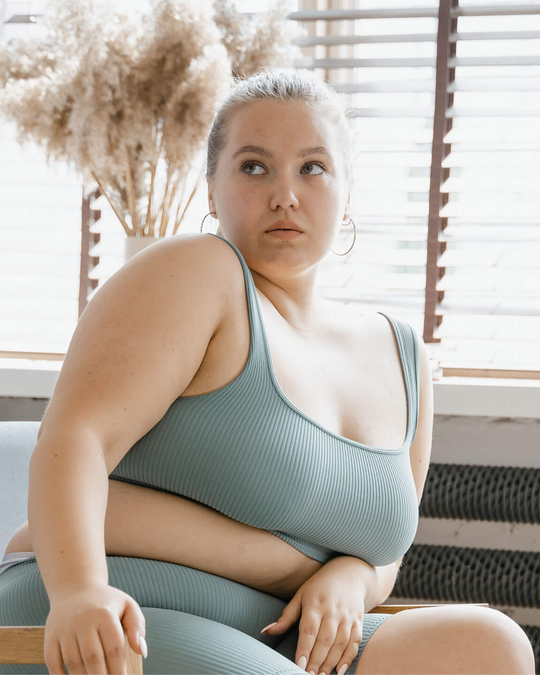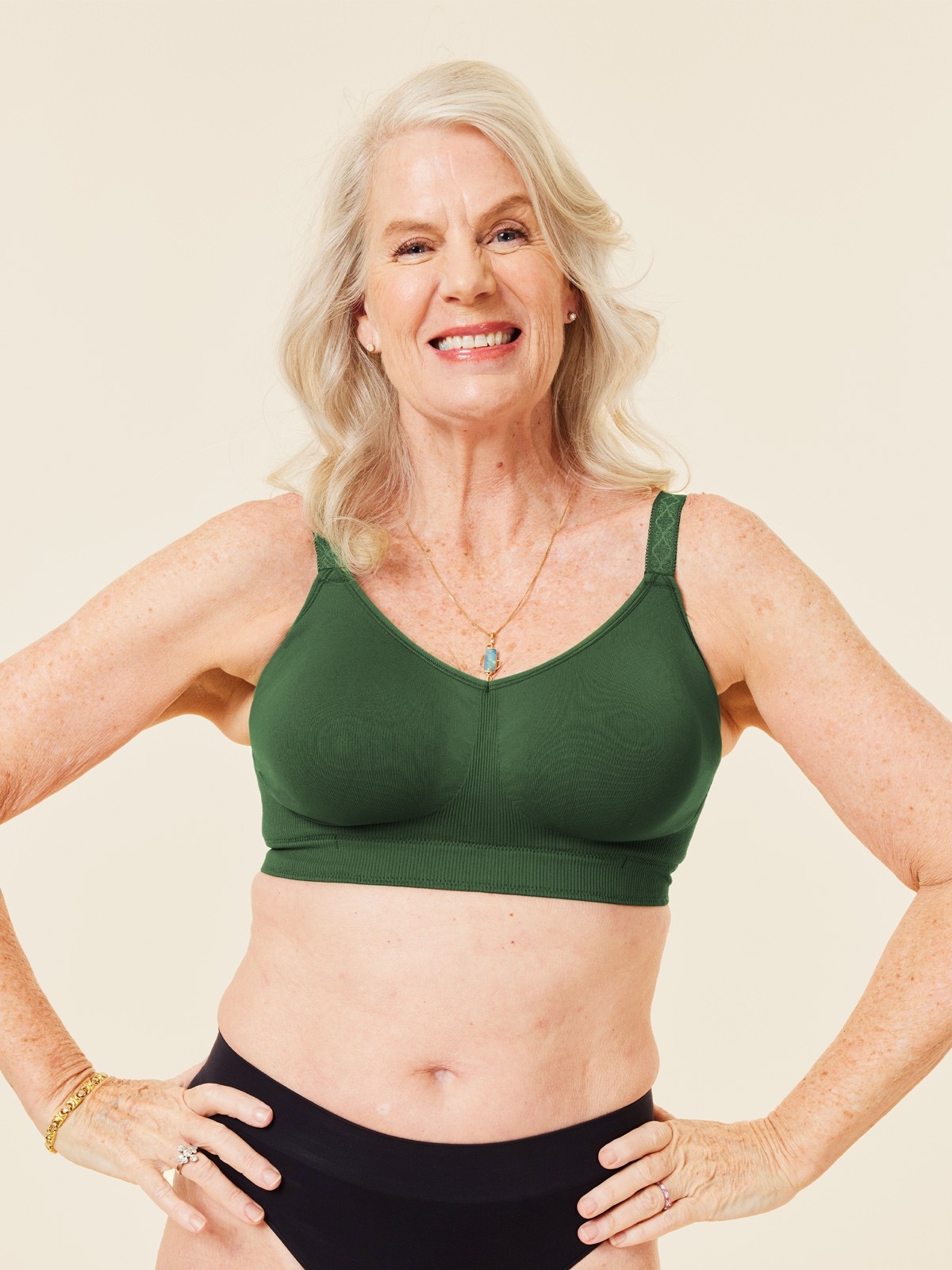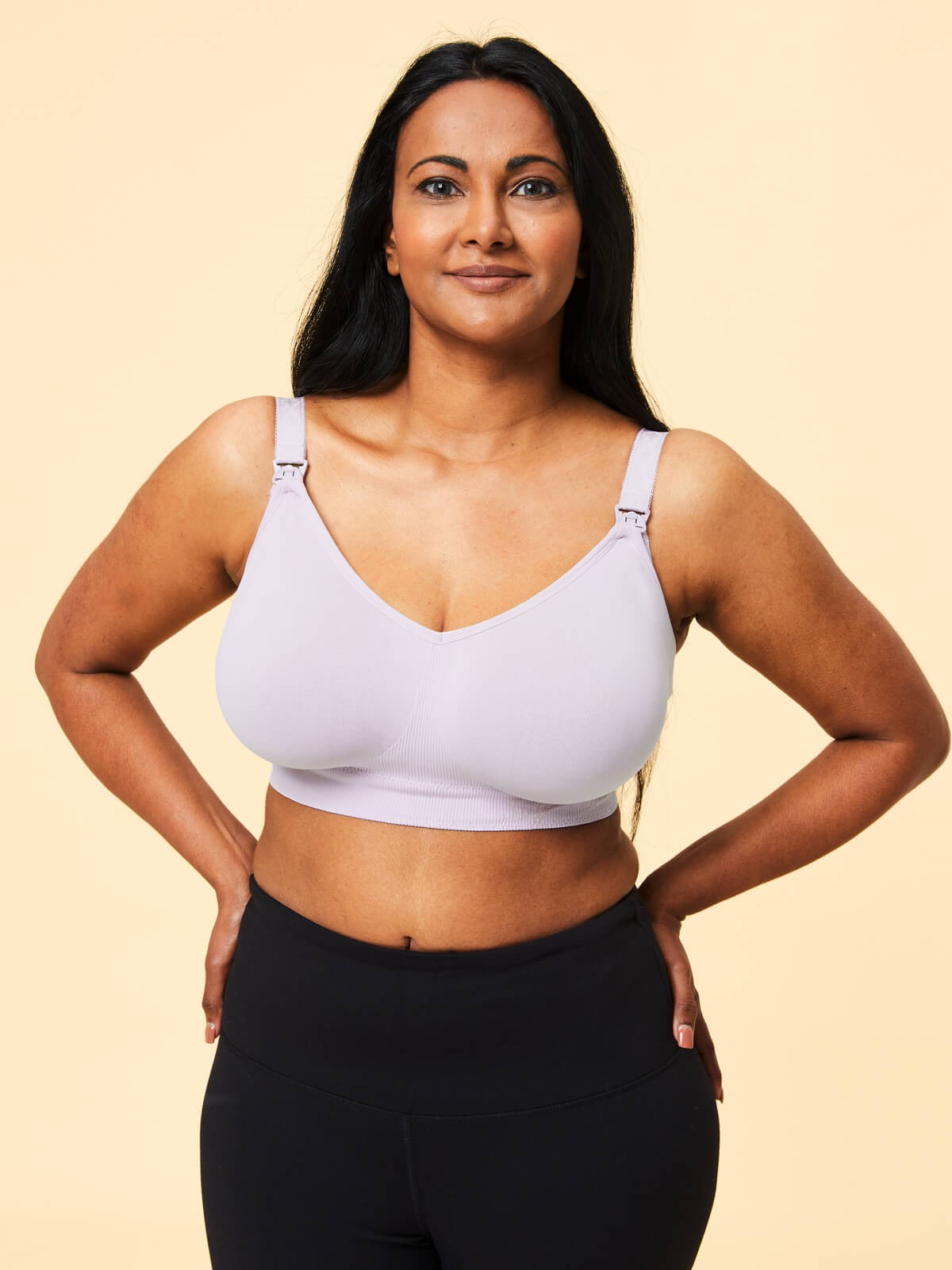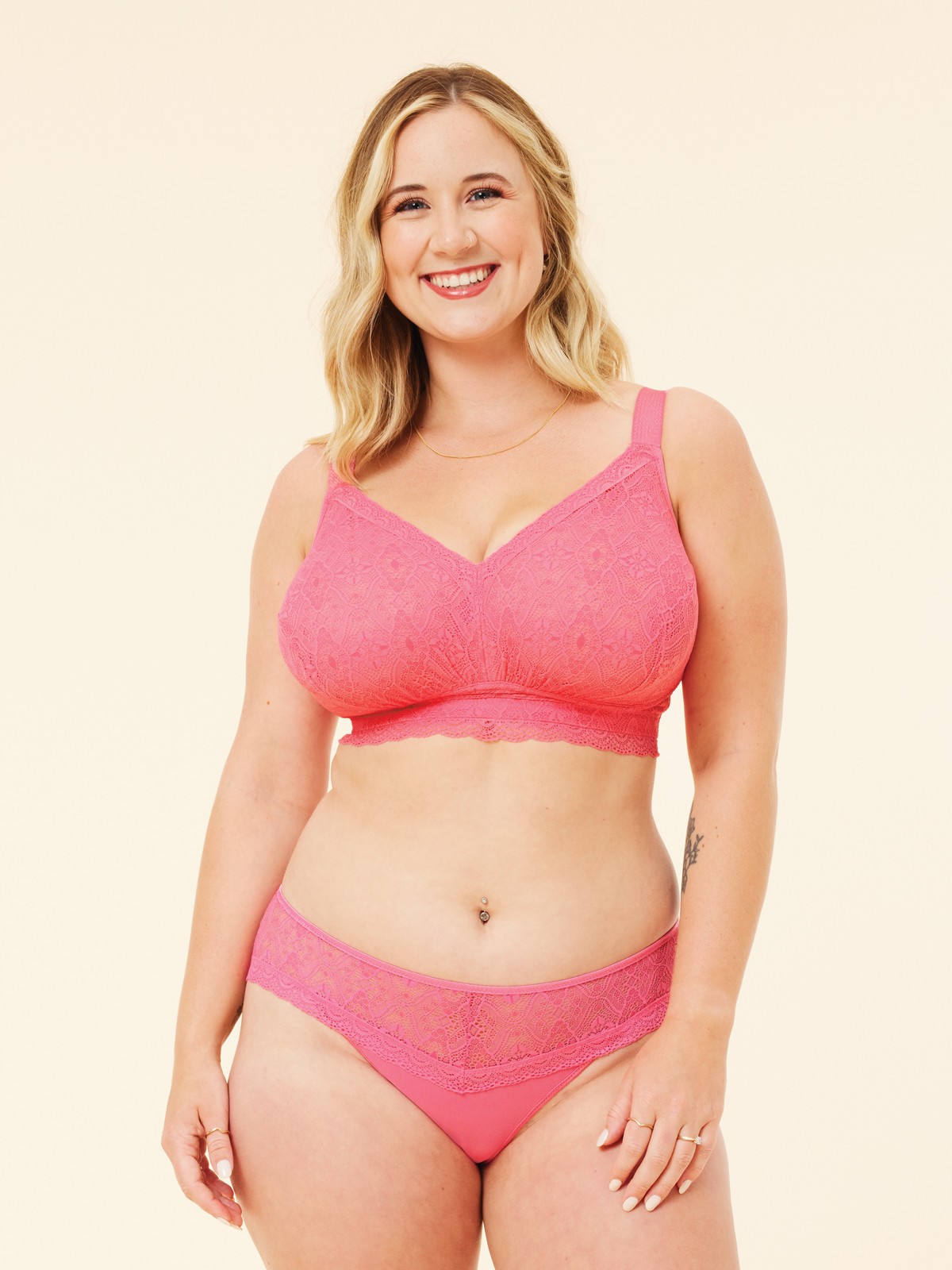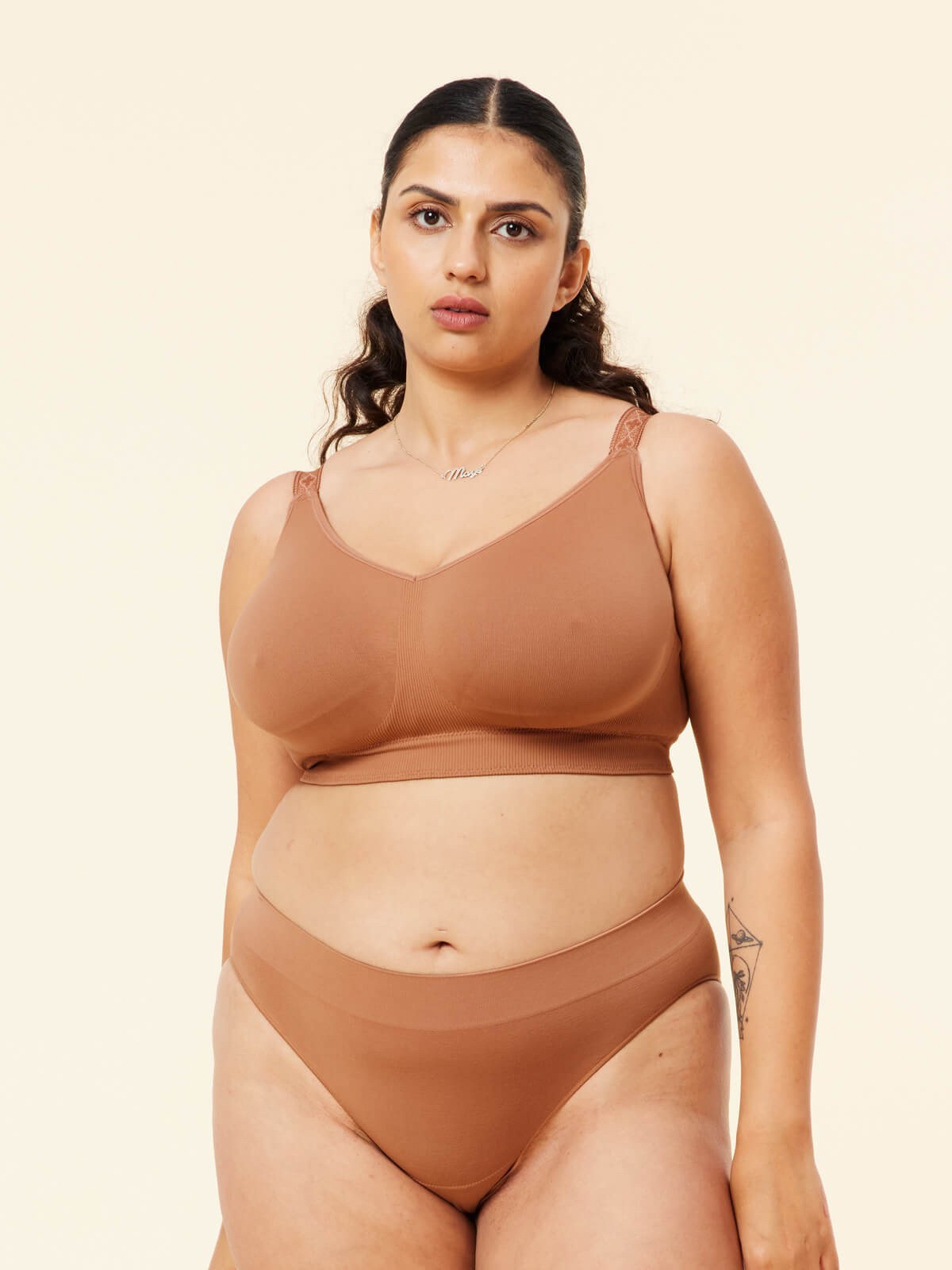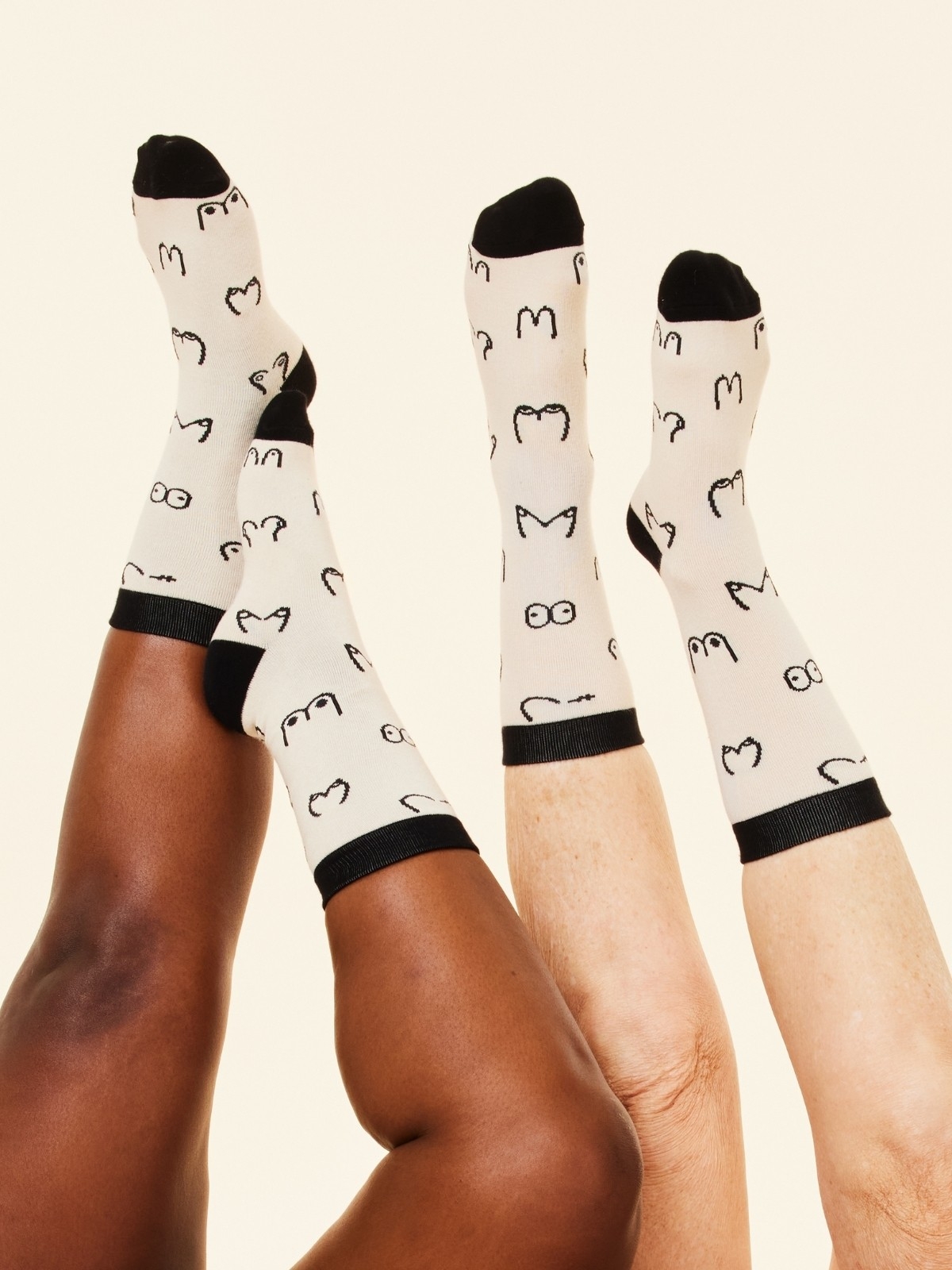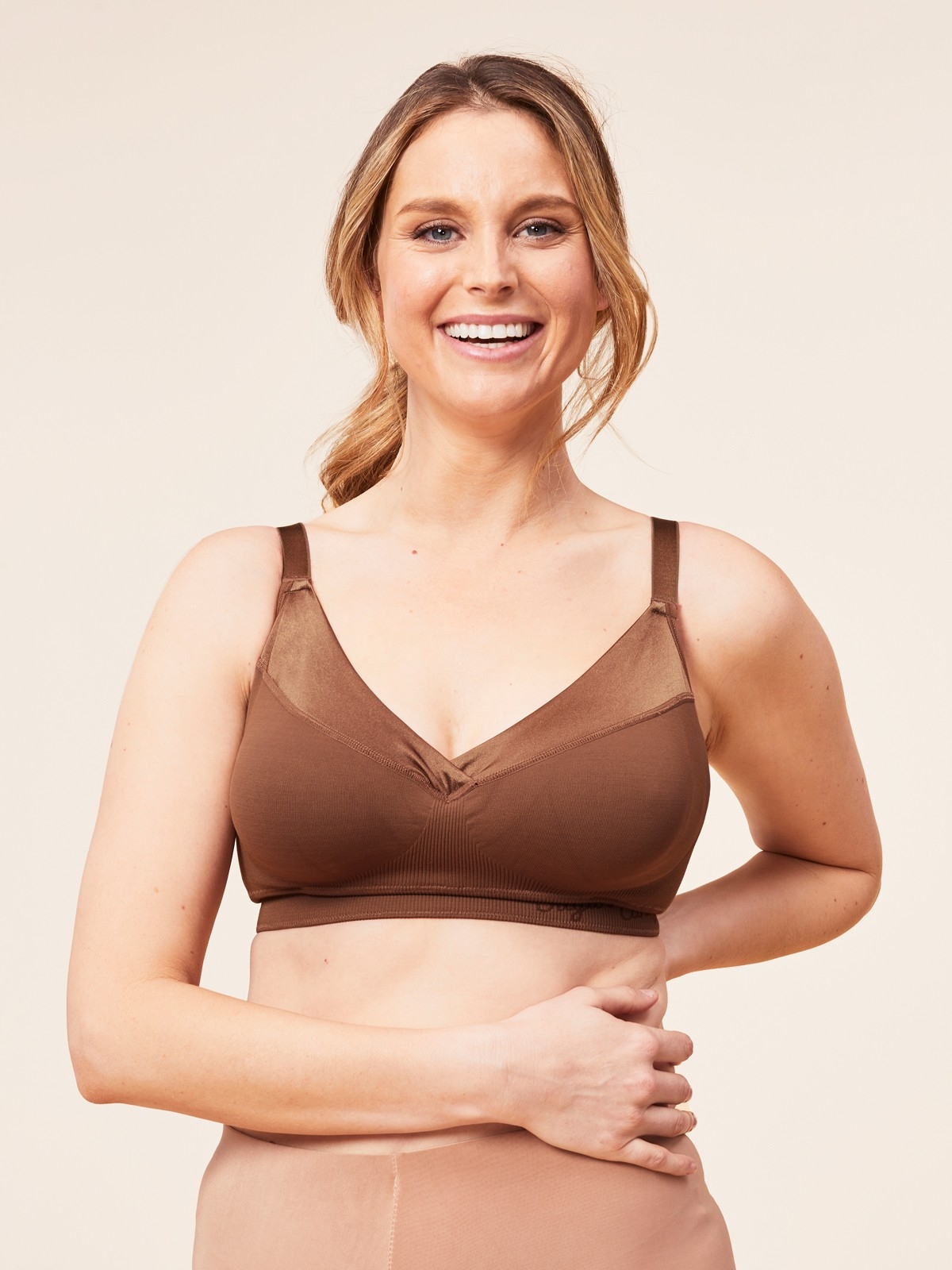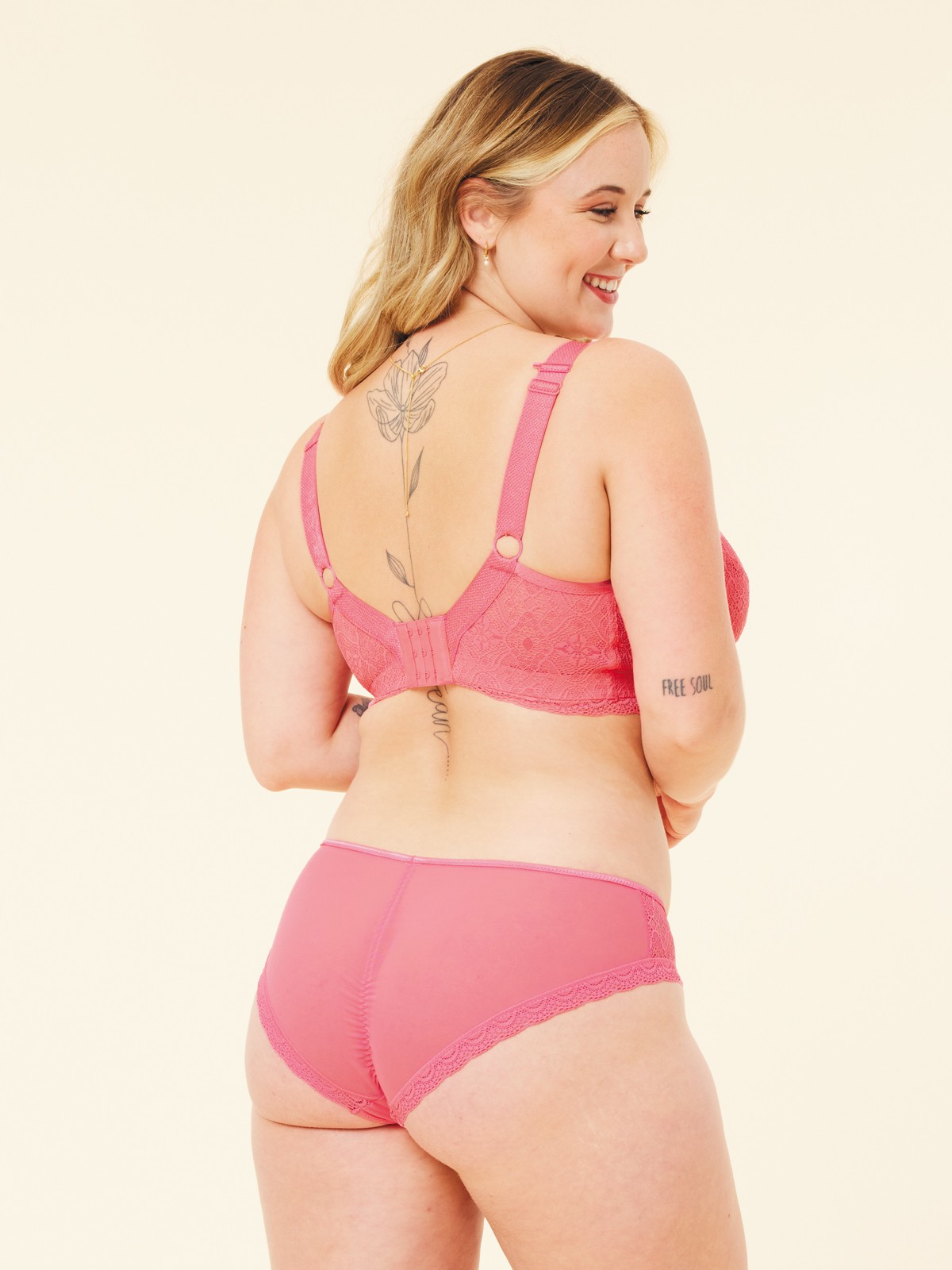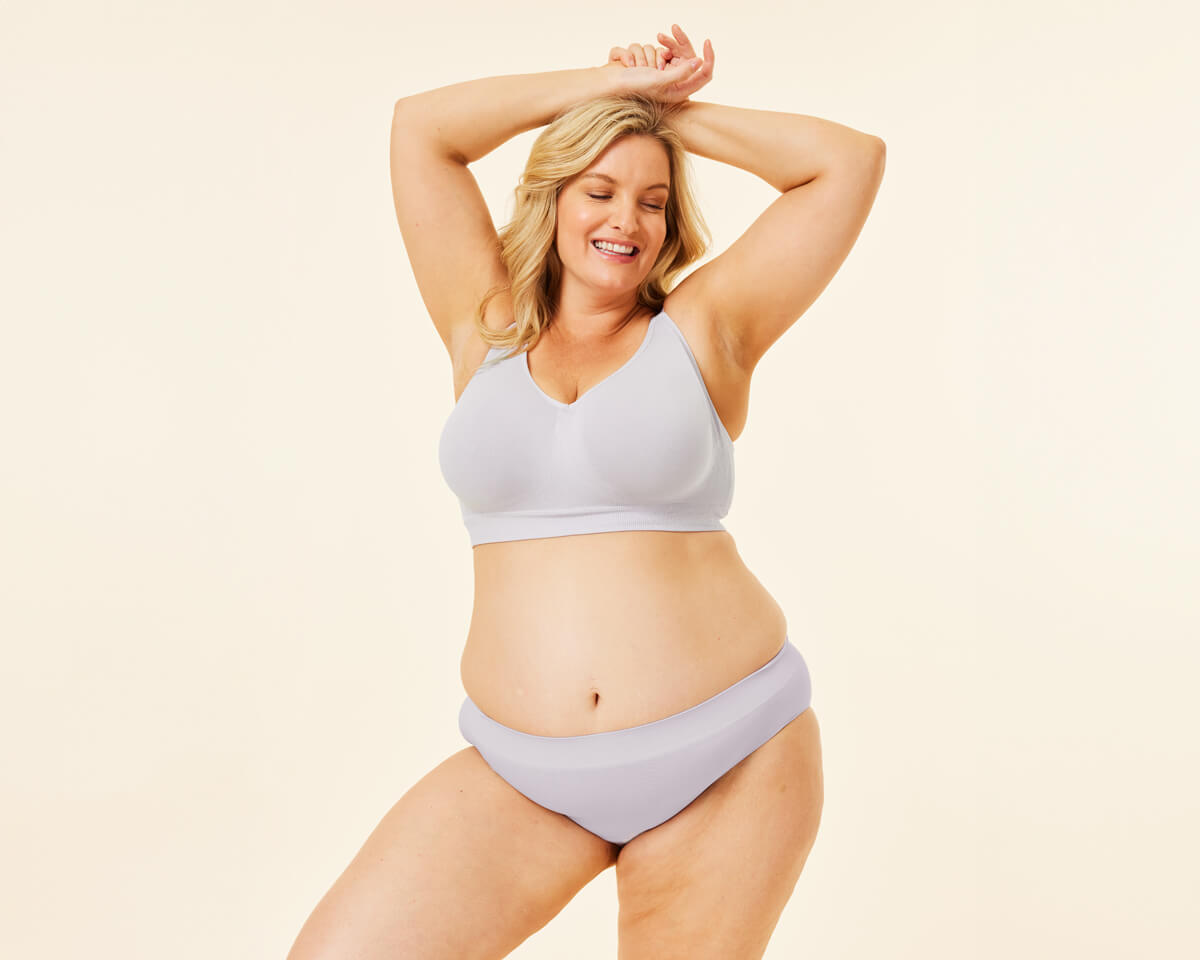results found
IN THIS ARTICLE
SEE MORE
- Types of Breast Surgery
- Preparation
- Recovery
- Benefits of a Seamless Bra During Recovery
- Recovery Station Checklist
- Self-Care During Recovery
- Physical Activity
- Diet
SEE MORE
There are so many reasons one might consider going under the knife for breast surgery, be that to reduce your size, increase your size or even out your size. The reasons can be as medical as scoliosis, to as trivial as wanting your reflection in the mirror to be different every morning. At the end of the day it’s up to you what you do to your own body, and you’re the only person who needs to be content with your decision.
No matter why you’re considering a procedure, it’s imperative to do your research and speak with numerous health professionals to set you up for the smoothest recovery possible.
Types of Breast Surgery
Augmentation
Generally speaking, there’s two kinds of implants to choose from and these are saline or silicone. Both have different sizes and shapes and either smooth or textured shells. They can be implanted either under the skin or under the muscle depending on your desired look. The augmentation procedure can also be done with a breast lift and or reduction.
Lumpectomy or Mastectomy
This is the removal of part of the breast tissue (lumpectomy) or the entire breast (mastectomy) when a large malignant, premalignant, or benign tumor is detected.
A risk-reducing bilateral (meaning both breasts) mastectomy can also be performed if there is a strong history of breast cancer in your family or if you carry a specific gene linked with breast cancer without any tumor being present.
Depending on your specific case, the treatment may or may not require radiation to ensure the cells are completely eradicated and therefore less likely to return.
Bilateral Prophylactic Mastectomy
This can happen after a mastectomy, and involves the breast being reconstructed from a combination of cells and skin from other parts of your body and/or with saline or silicone implants.
Reduction Mammoplasty
This a breast reduction where tissue and skin are removed to reduce the size of the breasts. This is usually performed with a breast lift.
Bilateral Mastopexy
This is a breast lift only and there are different levels of lift that can be achieved depending on the incisions performed.

Preparation
Any kind of surgery is daunting, but if you’re reading this blog post the chances are you’ve done all of your research and are confident with your decision. There’s still a few things you can do in the lead up to your procedure to ensure you’re prepared.
During the weeks leading up to your op, do everything you can to ensure you’re as physically well as possible as this will greatly improve your recovery experience. Some things you can do include:
- Improving your fitness and eating healthy foods.
- Avoiding alcohol for two weeks prior (at least).
- Avoid blood thinning medications.
- Keep up your collagen and water intake.
- Get lots of sleep.
- Don’t smoke.
Following the above will help get your body in tip top shape, but it’s also important to take care of your mind in the lead up to your operation. With all cosmetic surgeries, the results from patient to patient can vary. There are pros and cons to all so do you research and ask all the questions, even the ones you don’t think you want the answers to.
- Make sure you have all the information you need from your surgeon and anaesthetist.
- Speak to or read about other people’s thoughts who’ve had the surgery.
- Talk to loved ones about your decision and why.
- See images of before and afters and understand that your breasts may not turn out exactly as you envisage.
One of the most common questions people have regarding breast lifts and reductions relates to the incisions and potential for scarring. Depending on your anatomy and desired outcome, incisions can vary.
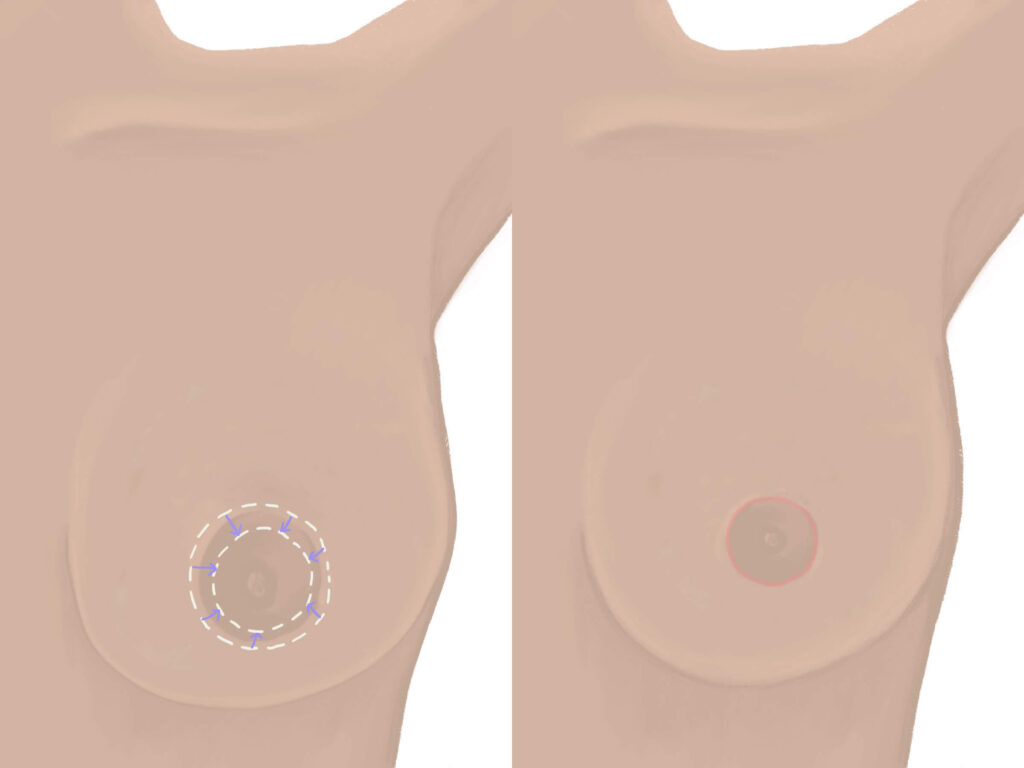
The Donut: This incision traces around the areola and where excess skin is removed. This is suitable when there’s not much difference required for lift and size. As the areola is much softer than the skin of the breast, there is a possibility of your areolas increasing in size.
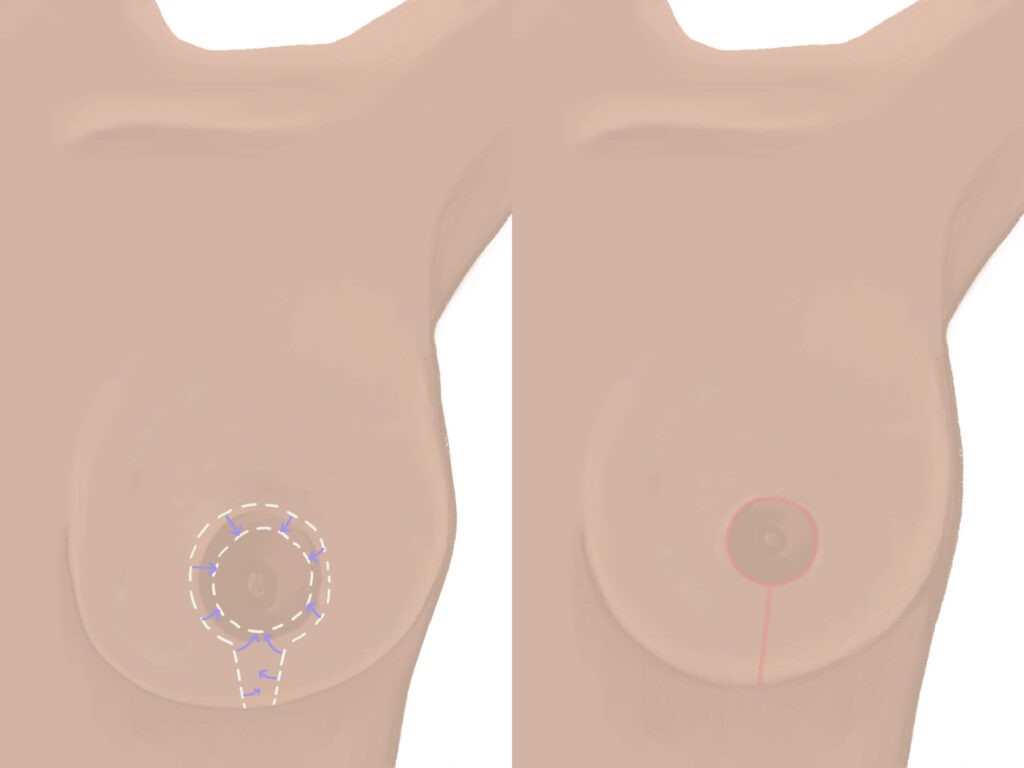
The Lollipop: Using the donut incision as above and adding a vertical line under the areola. This scar allows greater lift by removing more of the skin under the breast.

The Anchor: Using both incisions above, with the additional curved cut horizontally under the breast. Usually used when a lot of excess skin is required to be removed and used in combination when smaller areolas are desired.
Recovery
Congratulations! You’ve made it out the other side and the scariest part is already behind you. Now it’s time to prioritise your healing, so that you can return to your life as quickly as possible.
Different kinds of breast surgery come with their own guidelines for recovery. Other factors such as your health prior to your procedure, potential complications during surgery and how you react to anaesthetic can also change your post-op instructions, so it’s always best to follow your surgeon’s advice.
There are a few additional things you can do to help your recovery along and ensure you’re as comfortable as possible, so let’s dive in!
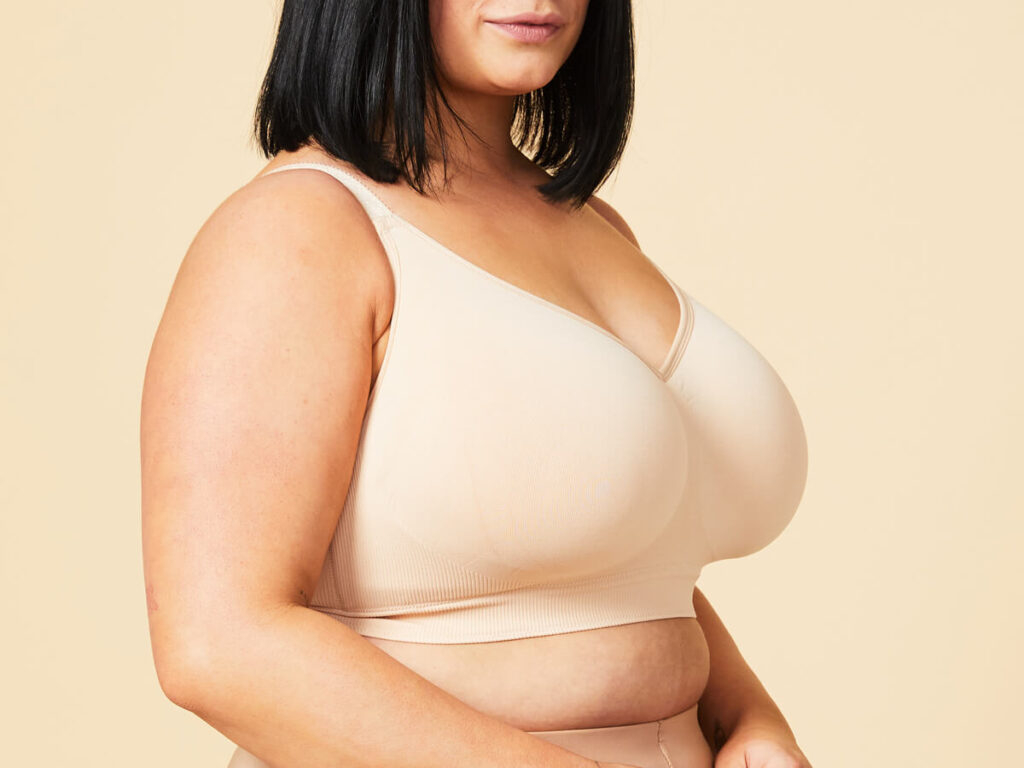
Benefits of a Seamless Bra During Recovery
Wearing wires is a big no no after surgery, as is wearing a non-supportive bra. Your post-op garment should be the following:
- Firm enough to be supportive — You’ll most likely have incisions that shouldn’t have any pressure or weight on them for the best results.
- As seamless as possible — Seams can cause irritation on any part of your breast and this is something you should avoid after surgery.
- Double up or double layered — The more security the better when it comes to keeping everything where your surgeon (and you) want it to be. Keep movement to an absolute minimum until your body’s healed and all is in place.
- Comfortable — You want to be comfortable during your recovery process.
- Easy to get on — Not putting something on over your head is a good idea until your range of movement is better.

Recovery Station Checklist
Regardless of what kind of breast surgery you undergo, you’re going to be feeling pretty sore afterwards. There’s a good chance you’ll be spending a lot of time in bed or on a comfy couch, so prior to your procedure consider where your recovery station will be and put together a kit of essentials to help get you through those first few days/weeks.
You can put anything your heart desires in your kit, but if you’re struggling for ideas here’s a few suggestions:
- Your favourite pillows and some comfy blankets.
- A couple of good books.
- A laptop or tablet.
- Chargers for all your tech.
- A large refillable water bottle — you don’t want to be getting up a thousand times a day to fill it up!
- A selection of snacks.
- Pen and paper – for all those things ‘to do’ when you’re finally able to
- Lip balm and hand cream.
- Scrunchies and a hair brush.
- And of course all of your medications.
Now that you have these essentials in one place, sit back, relax and focus on your healing.
Self-Care During Recovery
You’ve already invested in the surgery, so take the time to invest in yourself as the recovery will be a much better path if you do. Here’s some suggestions:
- Grab that book you’ve always been meaning to.
- Take up crocheting.
- Jot down your thoughts.
- Do an online tea ceremony.
- Gentle movement and stretches.
- Get comfortable.
- Burn a candle.
- Binge that Netflix series.
- Clean out your wardrobe (or lingerie drawer).
Physical Activity
Most procedures inhibit high intensity exercise, and especially weights, for 6-10 weeks. Movement however is vital to your speedy recovery and overall health, so keep walking (albeit gently). Park at the other end of the carpark or deliberately forget the milk so you have to pop to the corner store.
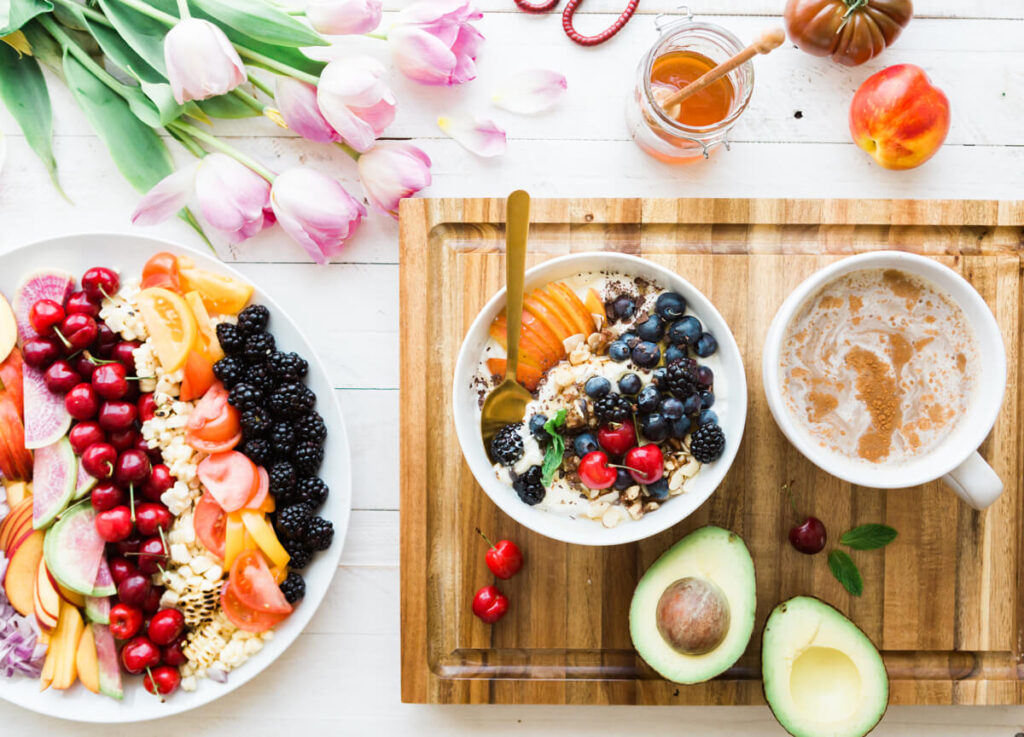
Diet
When you’re couch bound, it can be easy to reach for the comfort foods but these are usually the ones you want to avoid. Your body needs all the help it can get at this stage so try to eat some of the top 10 healing foods, below:
- Leafy green vegetables.
- Eggs.
- Salmon.
- Berries.
- Nuts and seeds.
- Poultry.
- Organ meats.
- Cruciferous vegetables.
- Shellfish.
- Sweet potato.
Everybody responds differently to surgery, and as such no two recoveries are alike. Your surgeon wants the best outcome for you so it’s best to follow their advice, but you can always incorporate any of the above to make your recovery journey as comfortable as possible. Good luck!
WANT MORE SUGAR?
Sign up to our mailing list to get 10% OFF!
Plus you’ll be the first to hear about new releases, sales, promos and so much more when you join the club!
You might also like


